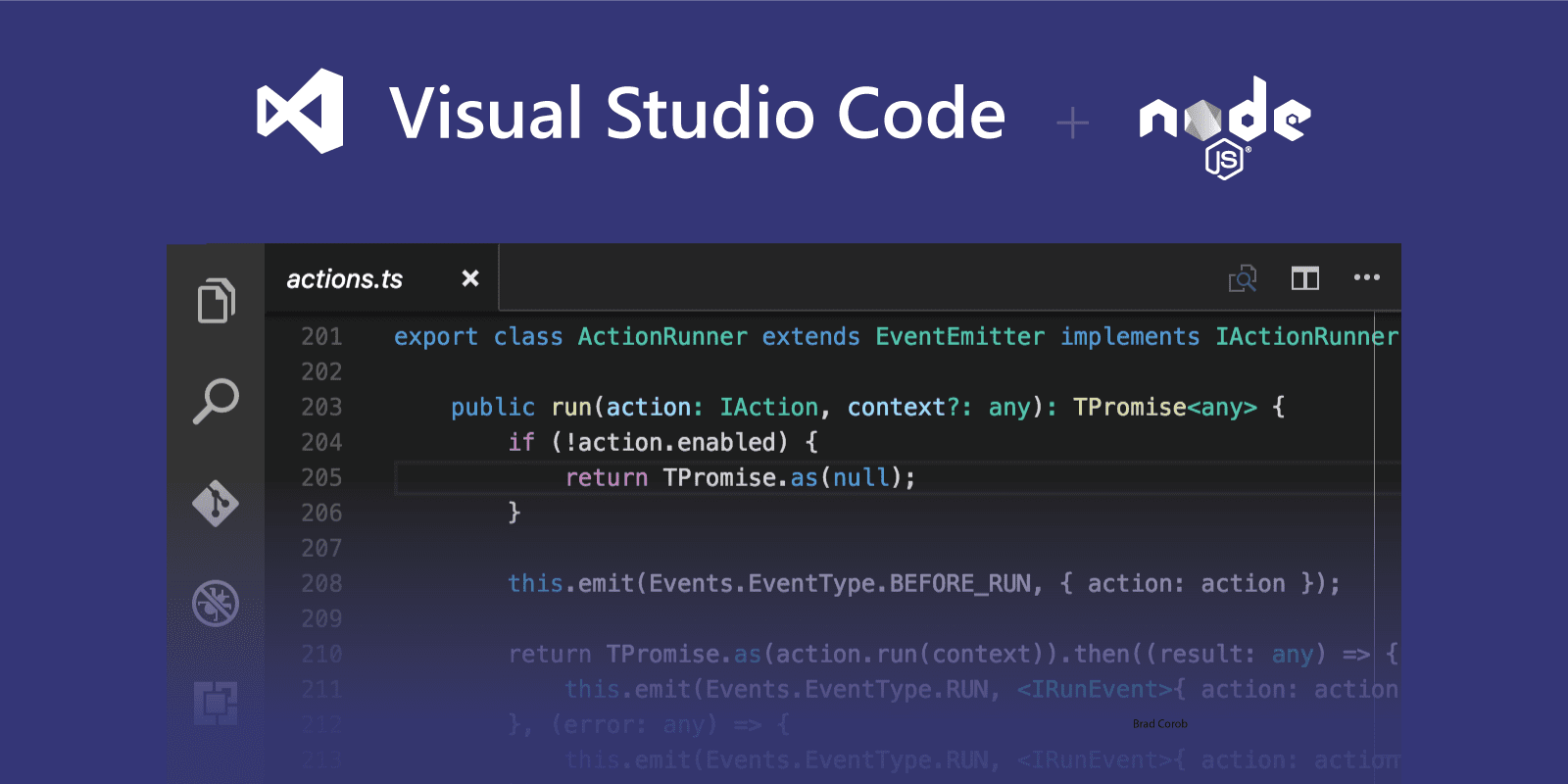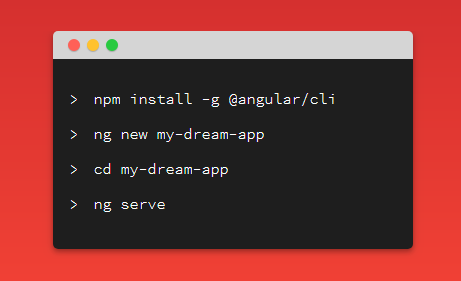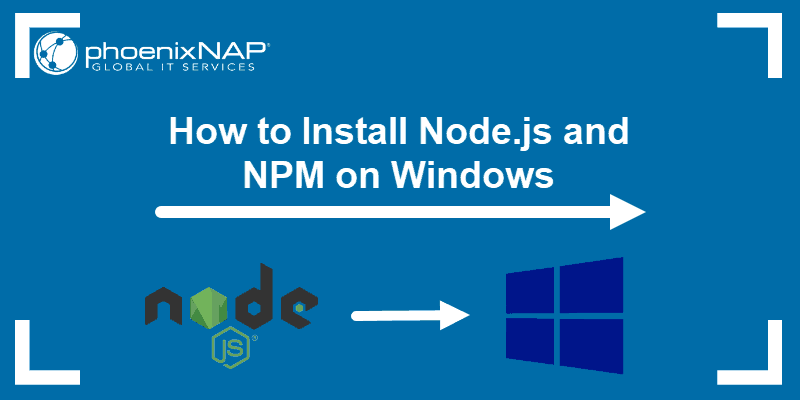
- #Create a new project in node js windows install
- #Create a new project in node js windows generator
- #Create a new project in node js windows code
We'll be using it though, because it makes getting started a lot easier, and promotes a modular application structure.
#Create a new project in node js windows generator
The application generator is optional because you don't need to use this tool to create apps that use Express, or construct Express apps that have the same architectural layout or dependencies.
#Create a new project in node js windows install
NPM can also be used to (globally) install the Express Application Generator, a handy tool for creating skeleton Express web apps that follow the MVC pattern. Express is then installed by NPM as a dependency of your individual Express web applications (along with other libraries like template engines, database drivers, authentication middleware, middleware to serve static files, etc.)

Node and the NPM package manager are installed together from prepared binary packages, installers, operating system package managers or from source (as shown in the following sections). The Express development environment includes an installation of Nodejs, the NPM package manager, and (optionally) the Express Application Generator on your local computer. Express Tutorial Part 7: Deploying to production.Express Tutorial Part 6: Working with forms.Express Tutorial Part 5: Displaying library data.Express Tutorial Part 4: Routes and controllers.Express Tutorial Part 3: Using a database (with Mongoose).Express Tutorial Part 2: Creating a skeleton website.Express tutorial: The Local Library website.Setting up a Node (Express) development environment.Express Web Framework (Node.js/JavaScript) overview.Express Web Framework (node.js/JavaScript).Tutorial Part 11: Deploying Django to production.Tutorial Part 10: Testing a Django web application.Tutorial Part 8: User authentication and permissions.Tutorial Part 6: Generic list and detail views.Tutorial Part 5: Creating our home page.Tutorial Part 2: Creating a skeleton website.Setting up your own test automation environment.Building Angular applications and further resources.Advanced Svelte: Reactivity, lifecycle, accessibility.Dynamic behavior in Svelte: working with variables and props.Vue conditional rendering: editing existing todos.Adding a new todo form: Vue events, methods, and models.Ember Interactivity: Footer functionality, conditional rendering.Ember interactivity: Events, classes and state.Ember app structure and componentization.React interactivity: Editing, filtering, conditional rendering.Client-side web development tools index.Assessment: Accessibility troubleshooting.CSS and JavaScript accessibility best practices.Accessibility - Make the web usable by everyone.CSS property compatibility table for form controls.Making asynchronous programming easier with async and await.Graceful asynchronous programming with Promises.Cooperative asynchronous JavaScript: Timeouts and intervals.General asynchronous programming concepts.Assessment: Adding features to our bouncing balls demo.Introducing JavaScript objects overview.

#Create a new project in node js windows code

Assessment: Typesetting a community school homepage.HTML Table advanced features and accessibility.From object to iframe - other embedding technologies.Assessment: Structuring a page of content.The following is the figure of Node.js architecture:Ĭonst server = http. The original version has 8,000 lines of code (LOC)-and then, the standard libraries for programmers. Node.js runs on top of V8-Chrome runtime engine-that compiles the JavaScript code in the native machine code (one of the reasons why Google Chrome runs fast and consumes a lot of memory), followed by the custom C++ code. Step 7: Deploying Node application to a Cloud Server.Step 6: Databases – MySQL, MongoDB, PostgreSQL and Redis.



 0 kommentar(er)
0 kommentar(er)
